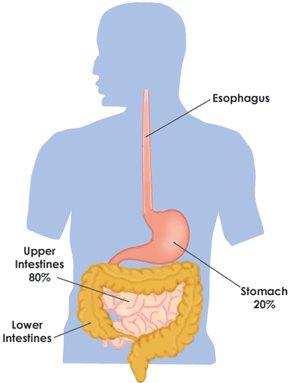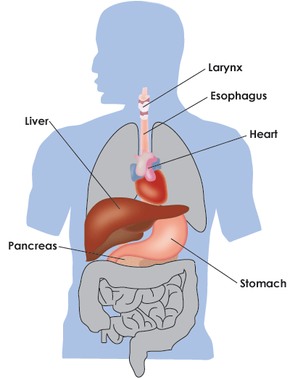Most people can enjoy the occasional glass of wine with dinner or beer out with friends. But for other people, one drink becomes two drinks, which becomes four drinks -- they are unable to stop drinking.
Not everyone who drinks alcohol heavily is considered an alcoholic. People who drink regularly enough to affect their family or work responsibilities and who drink in a way that puts them in dangerous situations (for example, behind the wheel of a car while intoxicated) are said to abuse alcohol. Although they use alcohol in an unhealthy way, people who suffer from alcohol abuse do not necessarily develop a physical dependence upon alcohol.
Alcoholics, on the other hand, have a chronic disease. They are physically dependent upon alcohol. They feel a need to drink, almost in the same way that most people feel the need to eat. And once alcoholics start drinking, they are unable to stop. They develop a tolerance to alcohol, requiring more and more drinks to feel the same effects. When an alcoholic tries to cut down or stop drinking, he or she experiences the symptoms of withdrawal: sweating, nausea, shakiness, anxiety and delirium tremens (seeing images, severe shaking, confusion).
More than 17 million Americans abuse alcohol or are alcoholic, according to results from the 2001-2002 National Epidemiologic Survey on Alcohol and Related Conditions (NESARC). Alcoholism affects men more than women: About 10 percent of men, compared to 3 to 5 percent of women, become alcoholics over the course of their lifetime. Men who drink 14 or more drinks a week and women who drink more than seven drinks per week are at risk for alcoholism. Alcoholism is more prevalent among younger people (ages 18-44) than among older people.




